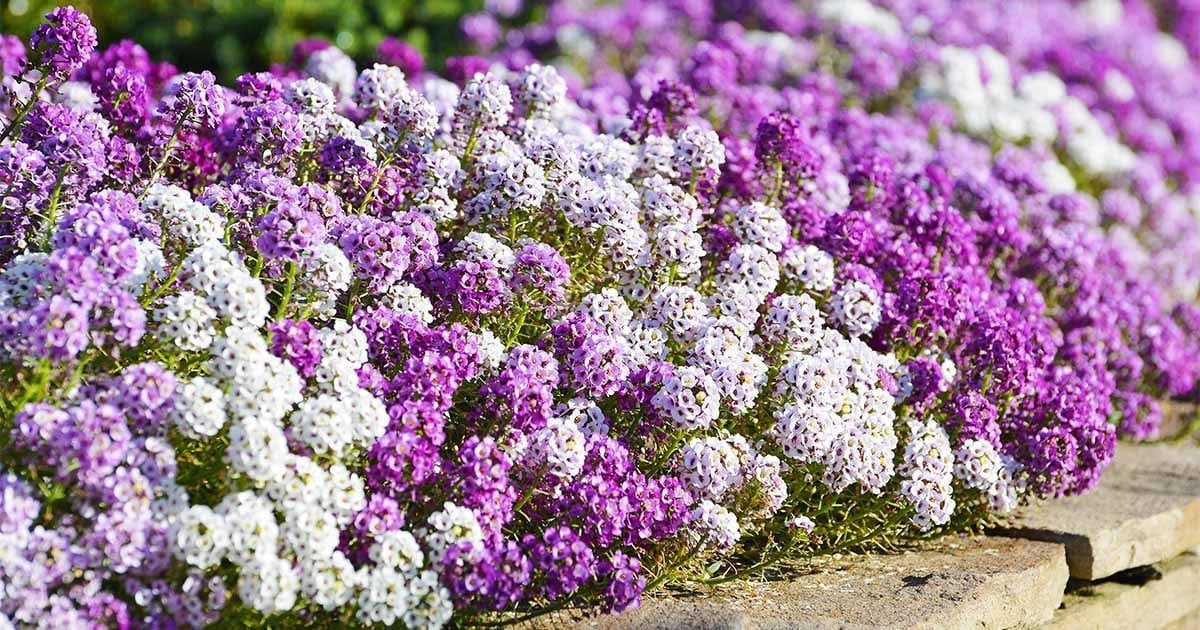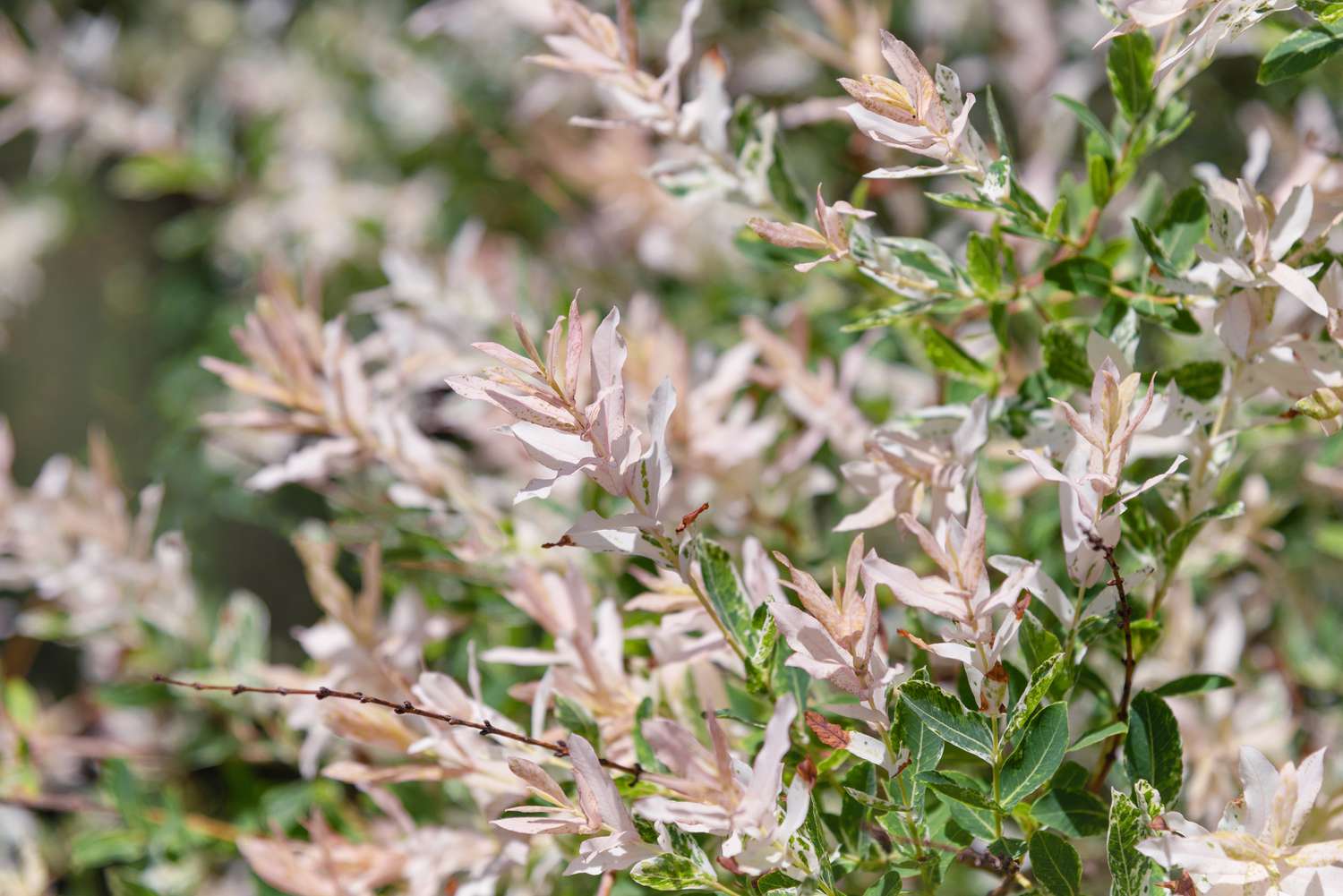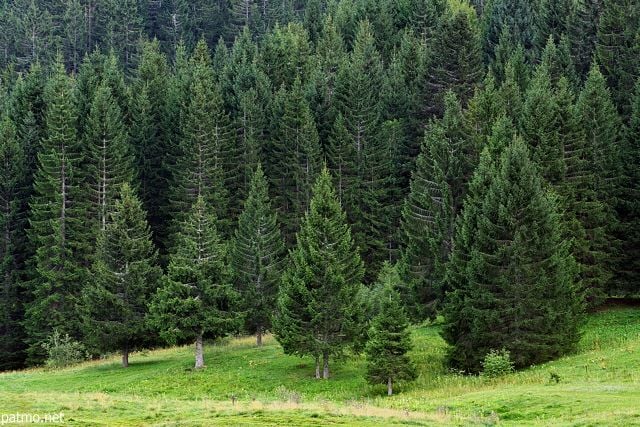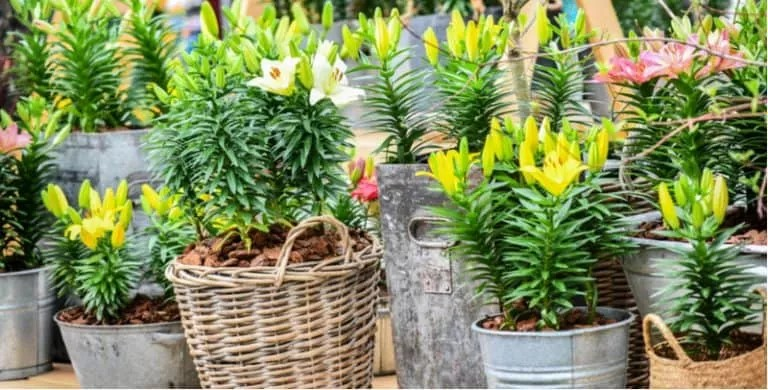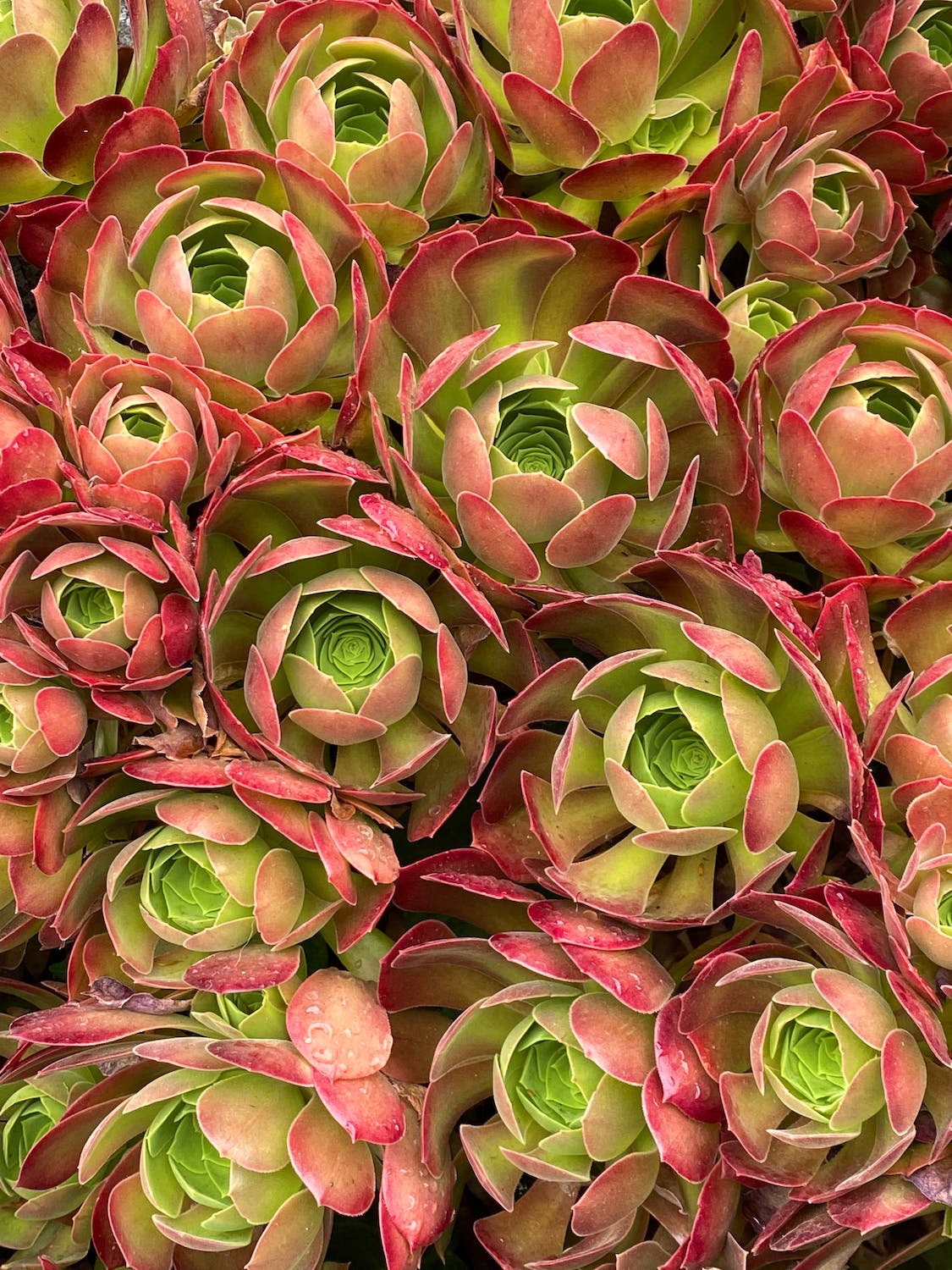How to Grow Almond Tree – Caring, Planting & Growing Tips
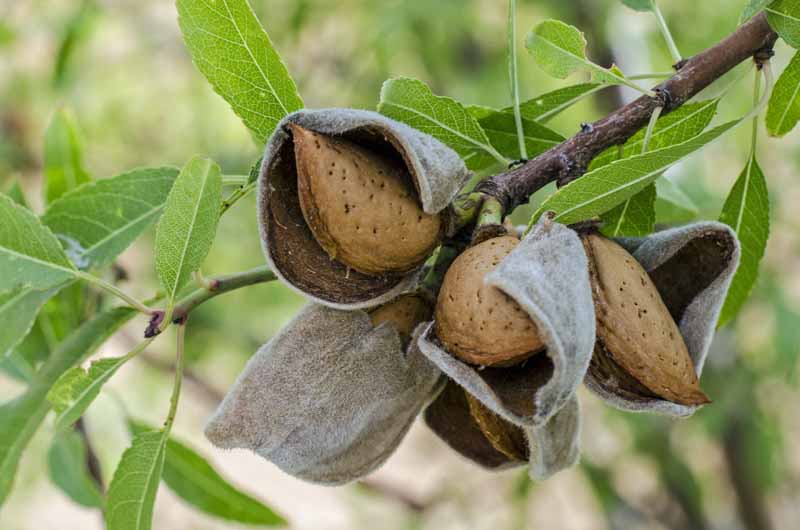
Table of Contents
The nutritional value of almonds is well known, and everyone is aware of how healthy they are when consumed regularly. They contain a lot of protein, fibre, antioxidants, and vitamin E. A handful of almonds per day will provide an enormous amount of nutrients.
Almonds are typically the seeds of the Prunus dulcis tree, sometimes known as the almond tree. They are indigenous to South Asia and the Middle East. A suitable climate is necessary for an almond tree to grow properly, and the tree needs more than five years to mature and bear fruit. Almonds are drupes, which are essentially hard shells with a seed inside.
Types of Almonds
Prunus Dulcis (Sweet Almonds)
These apricot The tree species Prunus dulcis is indigenous to Iran and its neighbouring nations. The almonds can be consumed raw or baked, and they are utilized in sweets, smoothies, and dry fruit nut bowls.
Prunus Dulcis Var Amara (bitter Almonds)
As with the kernels from other species of the genus Prunus, such as apricot, peach, and cherry Prunus (albeit to a lesser extent), the fruits from Prunus dulcis var. Amara is bitter almonds. Typically, sweet almonds are larger and longer than bitter almonds. They are used to flavour beverages and produce almond oil and 50 per cent oil content.
Follow the Steps to Plant an Almond Tree Effortlessly
1. Choose the Best Location
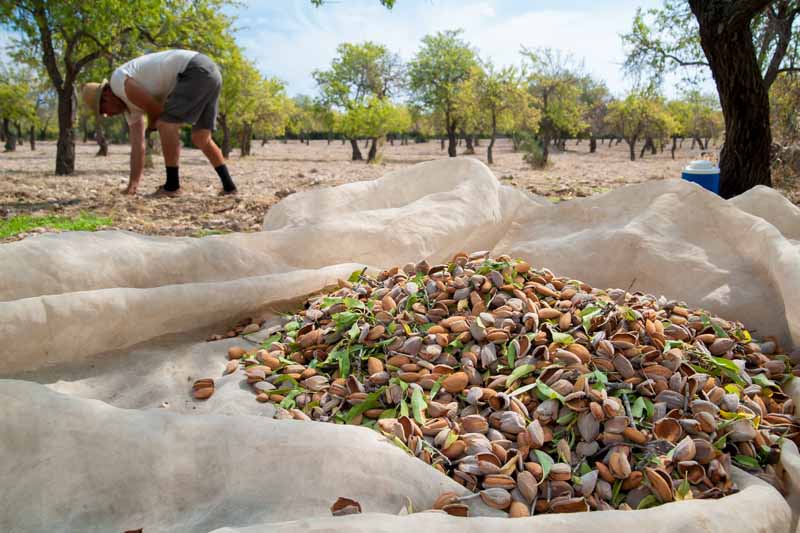
Select a location that has the right climatic conditions to grow an almond tree. They are most likely to flourish when the summers are hot, and the winters are mild. They can grow best at temperatures between 15 and 30 °C. Mediterranean climates are ideal for almond growth. The largest producers of almonds are Spain, Italy, Iran, and Saudi.
2. Germinating Seeds
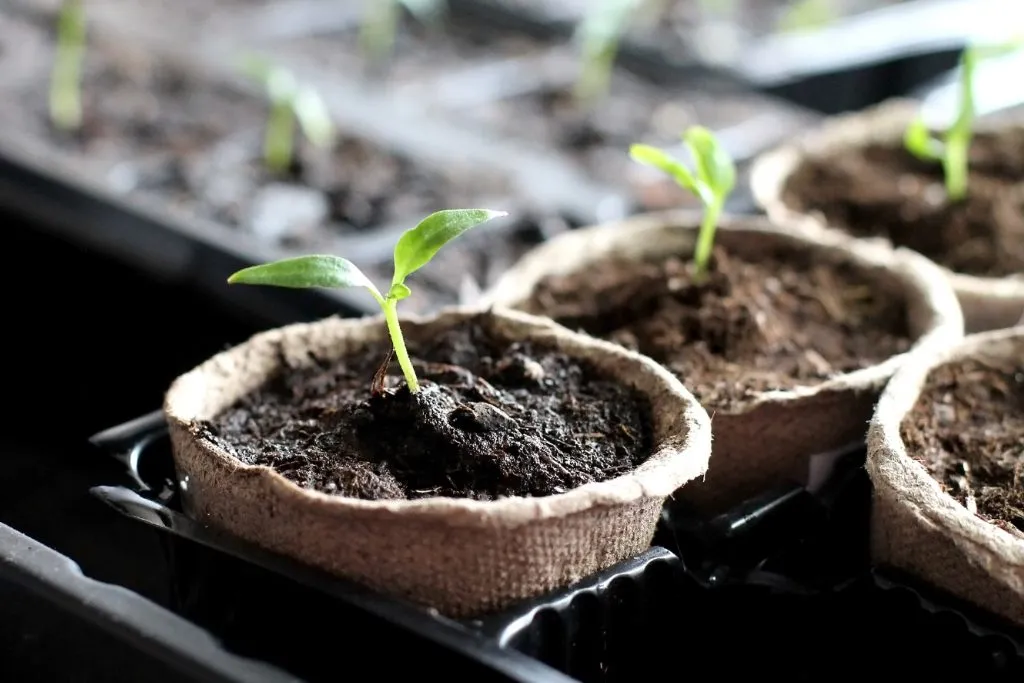
You can plant a tree in one of two ways: either with fresh, unprocessed nuts or with seedlings. Almond trees can take a long time to grow from seeds.
- You need to ensure that your seeds germinate successfully in an appropriate environment.
- Almond seeds should be soaked in water overnight to germinate.
- Take a pot and plant the seeds when a day has passed.
- Make sure the shell has an outside portion.
- Maintain the pot in full sunlight.
- Keep in mind that your pot needs drainage holes.
- When you observe sprouts, put them on the ground.
3. Planting a Young Tree
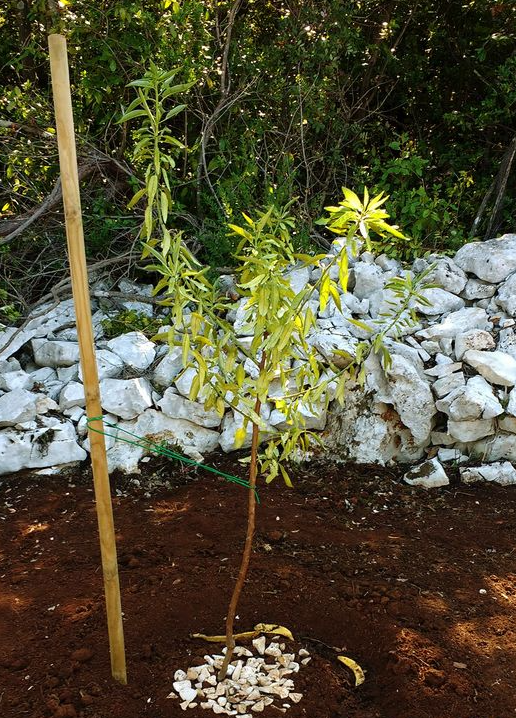
Young Almond trees are supported by a stick.
Before planting the tree, start preparing the ground. Make sure the location you choose for planting your tree has soft ground because this allows the roots to spread out widely and promotes growth.
- First, create a large, deep hole that can accommodate the roots.
- Include balanced fertilizers, such as manure.
- Attach a long stick for support after planting.
- Spread small stones all around the truck to serve as the mulch.
4. Water Carefully
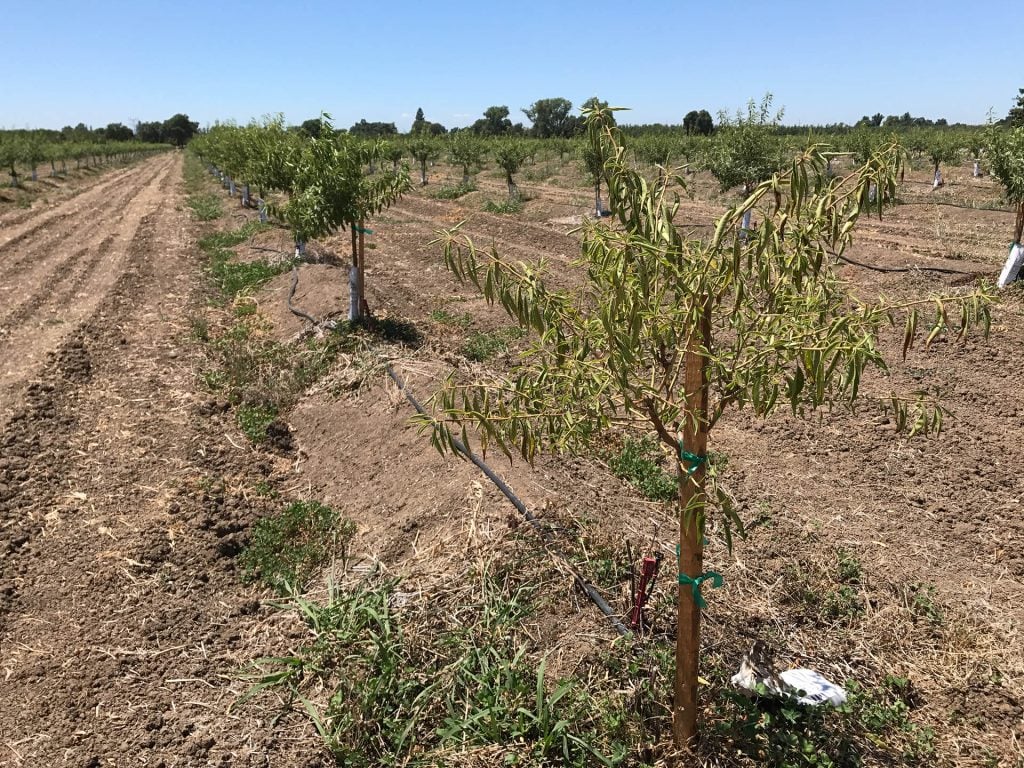
The almond tree needs to be irrigated heavily right away to have the soil properly hydrated.
- Keep regular watering schedules.
- In the summer, give almonds lots of water because they do best in warm climates.
- Ideally, you should water once a week.
- To water your plants, you can alternatively pick a drip irrigation system.
5. Use Fertilizers
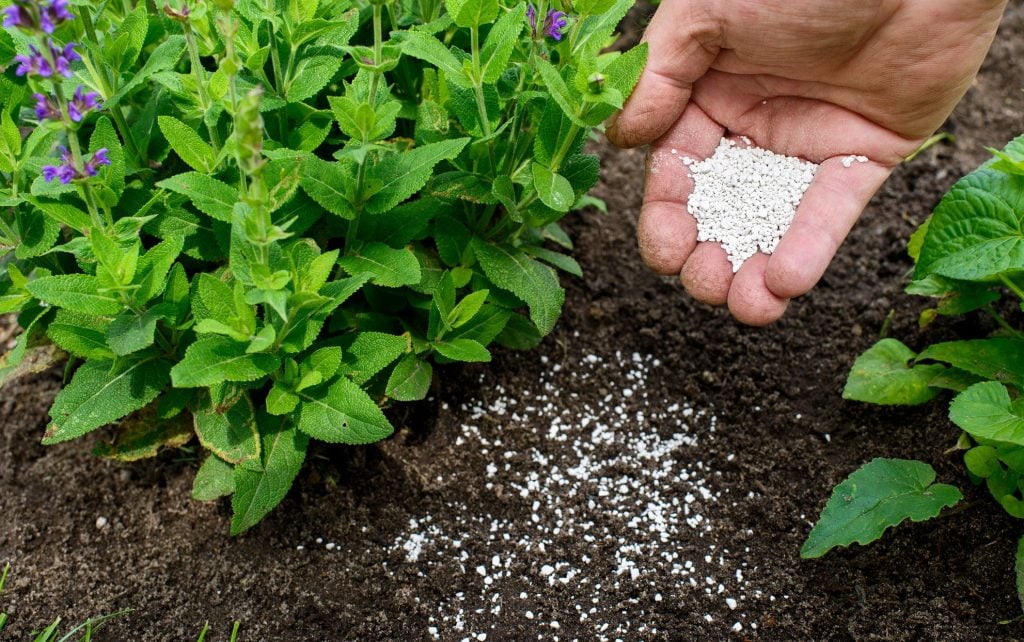
Utilizing fertilizers to promote plant development is always advised. Before starting to fertilize your tree, wait till the growing season has started. While adult trees need a lot of fertilizer, young saplings only need tiny dosages of nitrogen. After applying fertilizer, make sure to water your plant thoroughly because fertilizers have a negative burning effect on plants.
6. Flowering
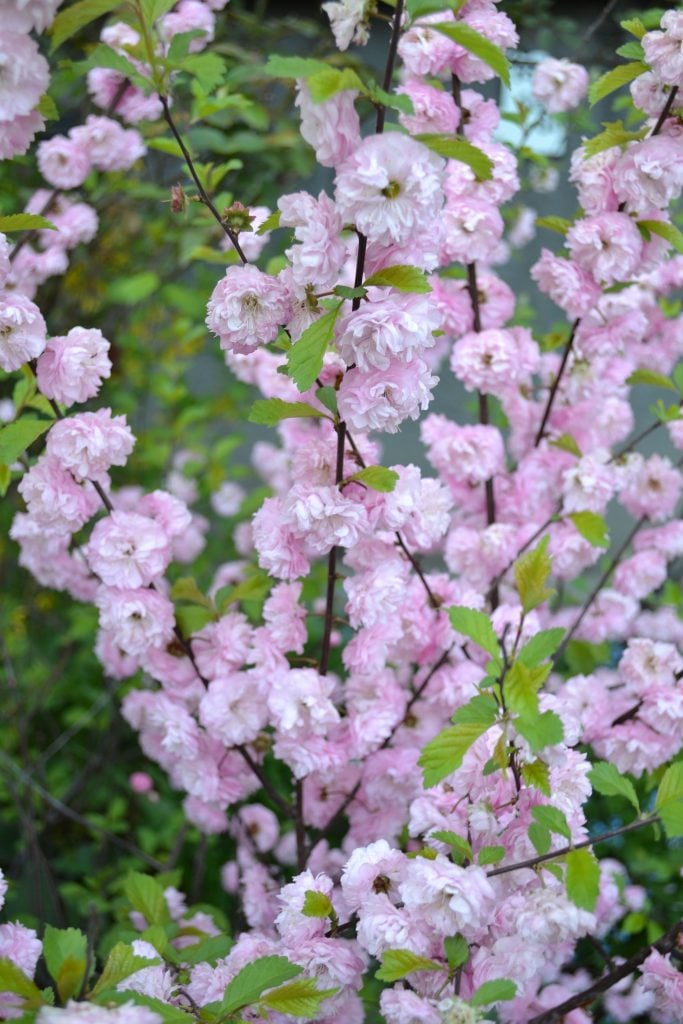
Bowl-shaped flowers with a pale pink or, occasionally, white colour emerge in the spring. These blossoms will bloom and develop into green drupes in the autumn, which will essentially convert into almond hulls. Your almond trees only develop throughout the summer to be harvested.
7. Harvesting Almonds
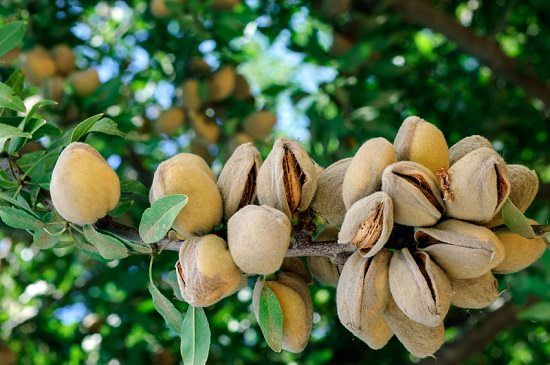
Your almonds have reached the stage of harvest when the hulls start to split open and crack, exposing parts of the shells. Don’t wait too long to harvest your almonds when you see that they are ready since birds and insects may injure them. Almonds can be harvested from trees by tapping the branches with a stick and gathering the falling nuts.
8. Drying Process

It is advisable to freeze the almonds for one to two weeks after harvesting them to kill bugs.
- Disconnect the hulls from the shells.
- To dry, spread the nuts out in a thin layer.
- Don’t take the shells off.
- To protect them from birds and insects, cover the almonds with a mesh.
- Till they are dry, keep schedules to check on the drying process.
- Store the nuts for at least 8 to 10 months when they have completely dried.
- Almonds should always be kept at room temperature.
9. Pruning of An Almond Tree
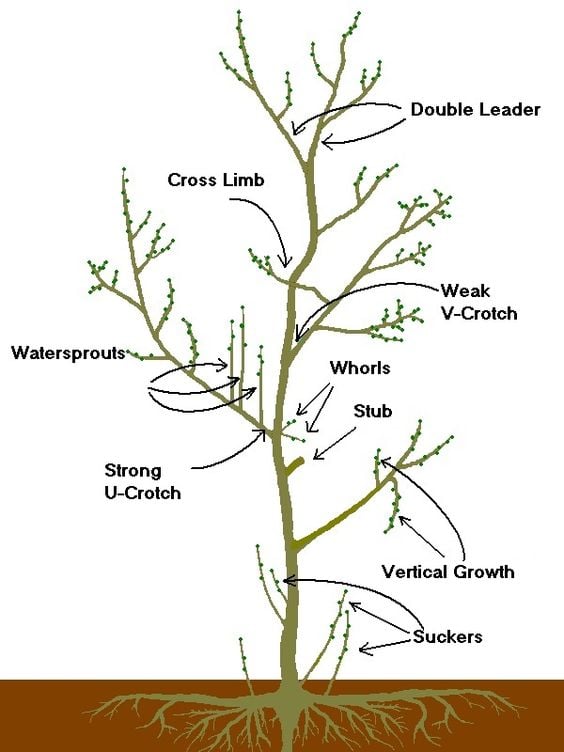
Winter is always the greatest time to prune your almond tree. The almond tree may not thrive and produce abundant crops as it grows if it is not pruned when it is young. Remove any undesired or weak branches from the tree to encourage new development.
For steadily growing almond trees, pruning is essential. Proper pruning can make it easier for your tree to produce fruit, giving its leaves and fruit greater exposure to the sun and assisting your tree in producing larger fruit.
Caring Tips for Almond Tree
- Almond trees can last the winter, although it is advisable to prune them when they are still young and in the winter.
- Always stick to regular watering schedules. Water is essential for almond tree growth.
- The quality and productivity of your crop can be significantly impacted by common diseases and pests that attack almond trees.
- For good output, a suitable drainage system is essential.
- While an older tree may only require a small amount of fertilizer, a young tree may require more to survive.
- The most frequent problems are fungus infections like powdery mildew, brown rot, or shot hole.
- When fungi infect plants, they can harm leaves, flowers, buds, or fruits.
- Additionally, mite, aphid, and borer pests that eat away at the foliage and kill new seedlings can affect almond trees.
Things to Keep in Mind When Growing an Almond Tree
- Almond trees should always be planted in a sunny area.
- Avoid overwatering as it might lead to fungi at the plant’s roots, which are once more exceedingly difficult to treat.
- By clearing the area around the tree of debris, you can ensure good drainage and prevent water accumulation.
- Keep an eye on weed control; kill weeds with your hands, garden tools, herbicides, a layer of mulch, or landscaping fabric.
- Use non-toxic substances like neem oil-based sprays instead of harmful pesticides wherever possible.
- Proper irrigation helps maintain moisture levels while preventing stagnant water from building up around roots.
- Plan a regular pruning schedule that reduces exposure to any diseases.
- Insects like orange worms can harm the almond crop in the winter.
- Mowing can stop Orangeworms from finding shelter during the winter.
- Ensure that there is a minimum of 5 meters between each almond tree.
Conclusion
Growing almond trees requires patience and consideration. You may establish a flourishing almond tree orchard that generates healthy crops for many years using proper soil preparation, tree selection, planting procedures, irrigation practices, pest and disease prevention strategies, and regular pruning.
You can securely eat almonds from your very own trees after following all the steps of almond tree maintenance as outlined here.
Frequently Asked Questions
Where Do Almond Trees Grow
The ideal environments for almond cultivation are in tropical nations. Almonds require a temperature range between hot and chilly. Various countries have various harvesting months; in the United States, it blooms in February. The seeds may be fungus-damaged in cold, rainy conditions and may produce less.
How Long It Will Take to Grow an Almond Tree
It takes an almond tree five to six years to produce fruit. When the climate is right, it produces flowers that are pale pink or white in the first two to three years. These blossoms will later develop into seeds that resemble green stones and are known as Drupes. Then, in the last phase, it offers nuts with firm shells on the outside. If given the correct care, an almond tree can live for 25 years and still produce nuts.
How to Prevent the Almond Tree from Fungal Diseases
Fungal problems in almonds might result from over-irrigation. The tree gets fungus because of the humid, wet, or rainy weather. Pruning almond trees on a regular basis and removing dead branches might be helpful. The yield of the almond tree can also be increased by using various fertilizers.


